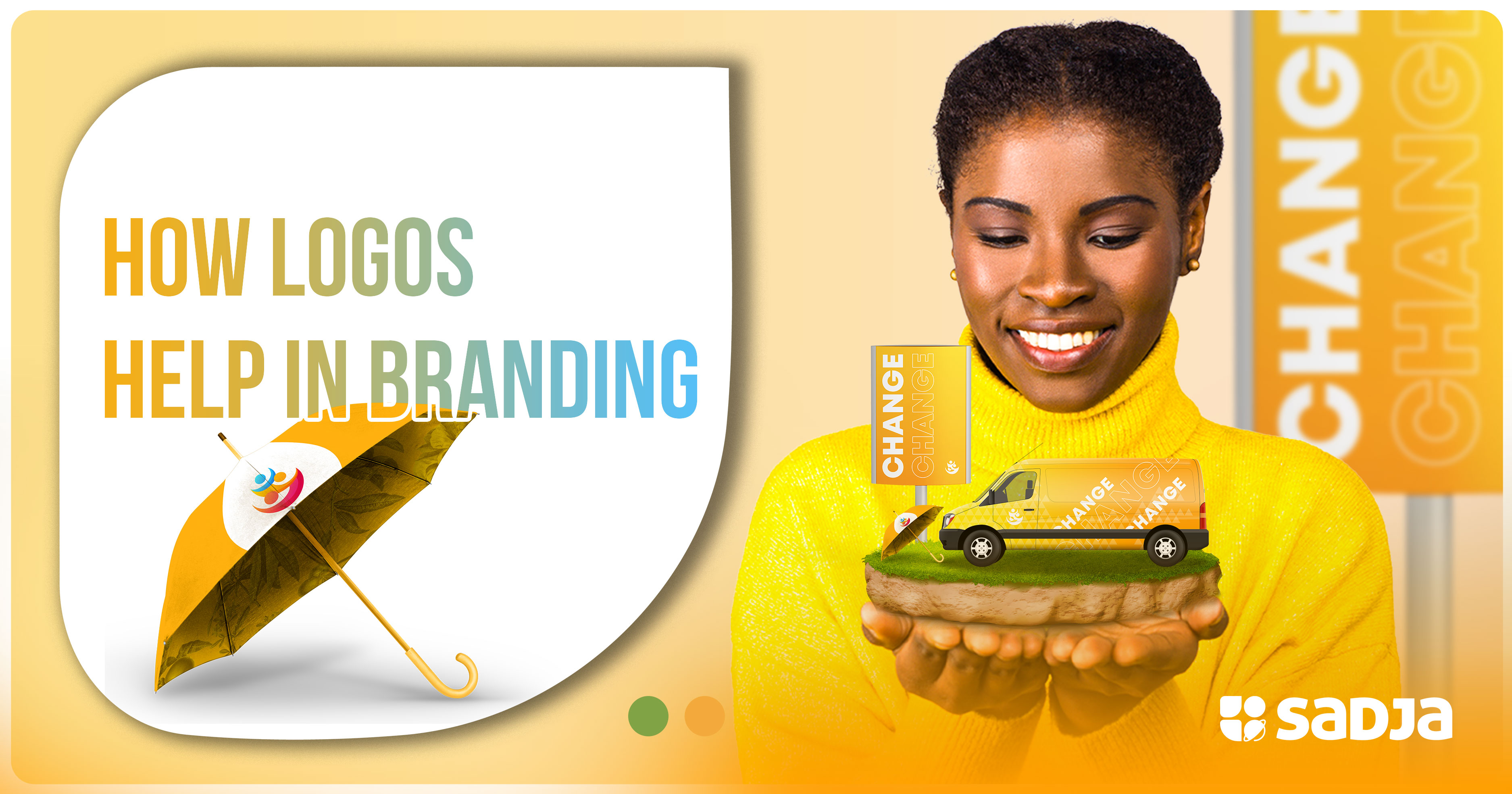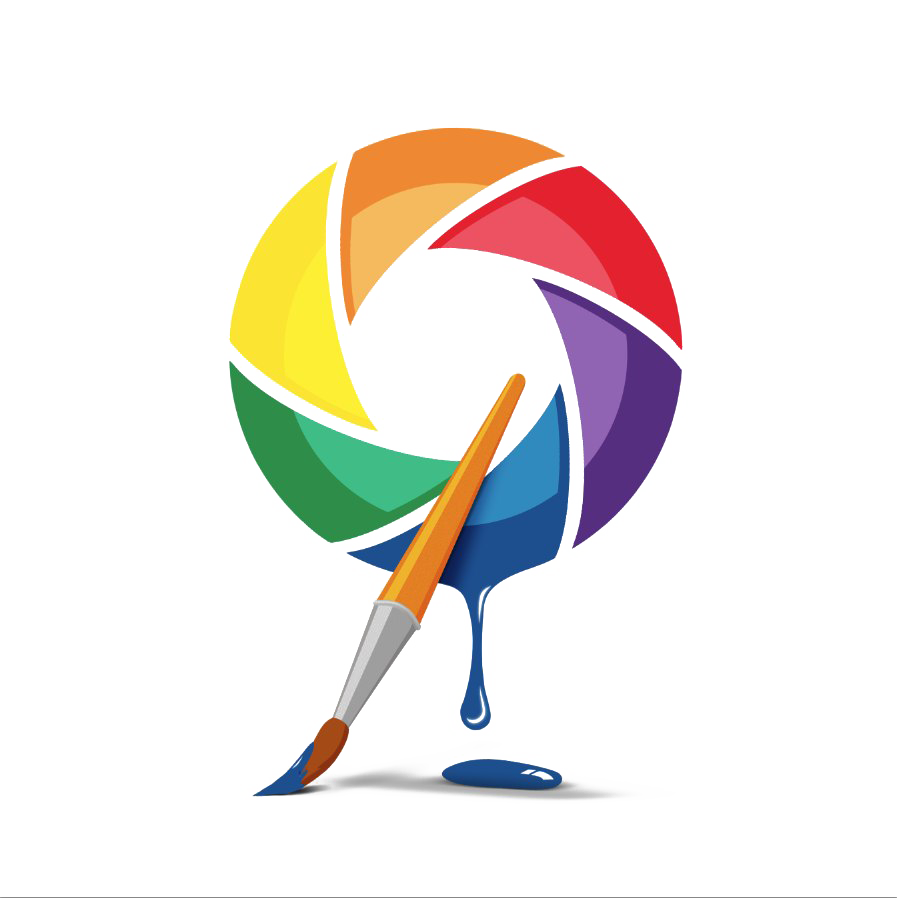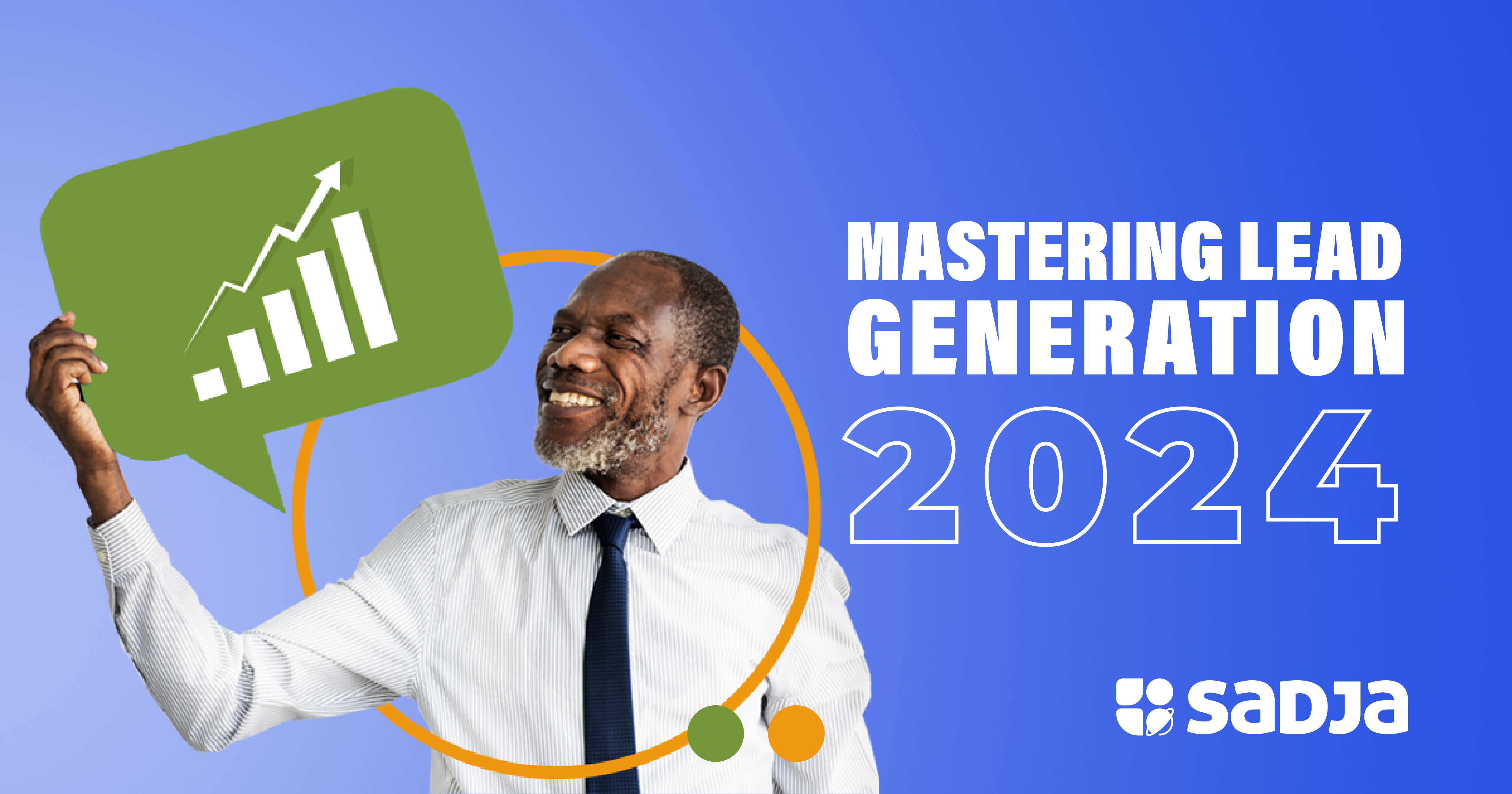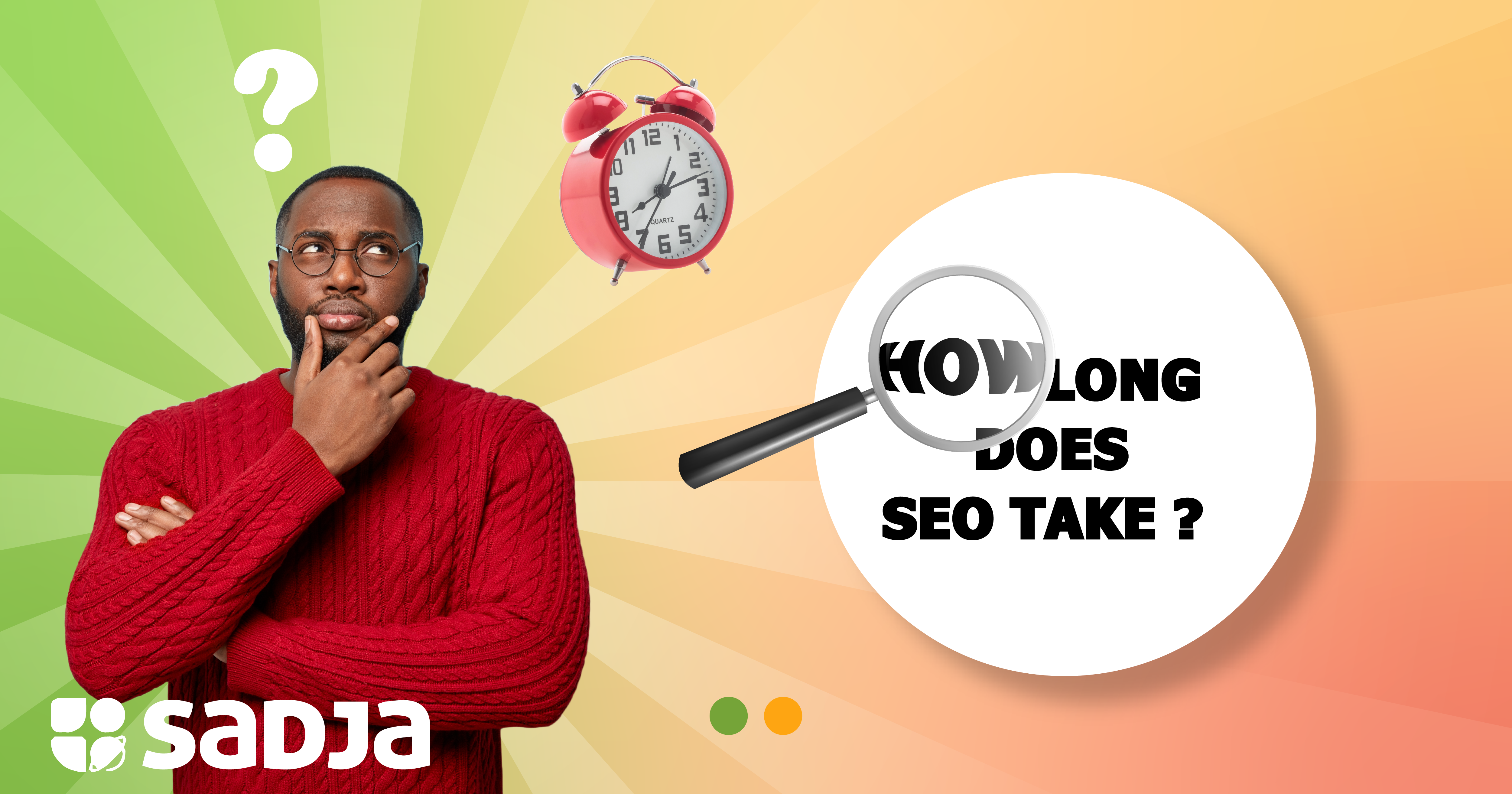Logo Design Process
The logo design process in Uganda has many steps and iterations involved. There should be clear communication between the designer and business owner in order to produce the most appropriate logo for the business.
Here are some logo design steps that are consistent all across the board.
 Brief
Brief
The first step in the logo design process is to clearly understand the client’s needs and preferences. This involves gathering information about the company, its values, target audience, and competition.
The designer may also ask the client to fill out a design brief, which provides more detailed information about the project.
 Research
Research
Once the designer clearly understands the client’s needs, they will begin to research the industry and competition to identify design trends, colours, and typography relevant to the client’s brand.
 Concept Development
Concept Development
Using the information gathered during the brief and research phases, the designer will develop concepts for the logo design. This may involve creating sketches or digital mockups of potential logo designs.
 Refinement
Refinement
The designer will then refine the initial concepts based on feedback from the client. This may involve making adjustments to the design, such as changing colours, typography, or layout.
 Finalization
Finalization
Once the client has approved the final logo design, the designer will create the final version of the logo in various file formats, including vector and raster files. The designer will also create brand guidelines that outline how the logo should be used in various contexts.
 Delivery
Delivery
The designer will deliver the final logo files to the client, along with any brand guidelines and other materials.
 Evaluation
Evaluation
After the logo has been used for some time, the designer may evaluate its effectiveness in meeting the client’s goals. This may involve making adjustments to the design or refining the brand guidelines.
The Role of a Graphic Designer in Logo Design
Graphic designers play a critical role in logo design in Uganda, and they are responsible for creating visual concepts to communicate a company’s brand message and identity to consumers. Here are some of the key roles that graphic designers play in logo design:
 Concept Development
Concept Development
Graphic designers work with clients to understand their brand identity, target audience, and values. They use this information to develop concepts for the logo design that effectively communicate the brand message.
 Visual Design
Visual Design
Once the concept is developed, graphic designers work on the visual design of the logo. They use design software to create sketches, colour palettes, and typography that bring the concept to life.
 Iteration and Refinement
Iteration and Refinement
Logo design is an iterative process, and graphic designers work closely with clients to refine the design based on feedback. They change the design based on the client’s input until the final design is approved.
 File Preparation
File Preparation
Once the design is finalised, graphic designers prepare the files for delivery to the client. This includes creating vector files, raster files, and other formats that can be used across various platforms and media.
 Brand Guidelines
Brand Guidelines
Graphic designers also develop brand guidelines that establish rules for how the logo can be used across different media. These guidelines ensure the logo is used consistently and effectively across all touchpoints.
Common pitfalls to avoid in logo design
 Overcomplication: A logo should be simple and easy to recognize. Overcomplicating the design with too many elements or colours can make it difficult to remember and diminish its effectiveness.
Overcomplication: A logo should be simple and easy to recognize. Overcomplicating the design with too many elements or colours can make it difficult to remember and diminish its effectiveness.
 Inconsistency: A logo should be consistent across all touchpoints, including print, digital, and physical materials. Colour, typography, or layout inconsistencies can confuse and weaken the brand identity.
Inconsistency: A logo should be consistent across all touchpoints, including print, digital, and physical materials. Colour, typography, or layout inconsistencies can confuse and weaken the brand identity.
 Poor Typography: Typography is a crucial element in logo design, and poor typography can ruin the entire logo. Choosing the wrong font or using too many fonts can make the logo difficult to read or detract from its overall impact.
Poor Typography: Typography is a crucial element in logo design, and poor typography can ruin the entire logo. Choosing the wrong font or using too many fonts can make the logo difficult to read or detract from its overall impact.
 Trendy Designs: Design trends come and go, and logos that follow the latest trend can quickly become outdated. A good logo should be timeless and stand the test of time.
Trendy Designs: Design trends come and go, and logos that follow the latest trend can quickly become outdated. A good logo should be timeless and stand the test of time.
 Lack of Research: A logo should be informed by research on the client’s industry, target audience, and competition. Failing to conduct thorough research can lead to a logo that is not relevant or effective in communicating the brand message.
Lack of Research: A logo should be informed by research on the client’s industry, target audience, and competition. Failing to conduct thorough research can lead to a logo that is not relevant or effective in communicating the brand message.
 Inappropriate Imagery: Imagery used in the logo should be relevant to the client’s brand and message. Inappropriate imagery can offend or confuse the target audience, leading to negative brand perception.
Inappropriate Imagery: Imagery used in the logo should be relevant to the client’s brand and message. Inappropriate imagery can offend or confuse the target audience, leading to negative brand perception.
 Ignoring Brand Guidelines: Once the logo is finalised, it’s essential to follow brand guidelines that dictate how it should be used across various media. Ignoring these guidelines can weaken the brand identity and confuse the target audience.
Ignoring Brand Guidelines: Once the logo is finalised, it’s essential to follow brand guidelines that dictate how it should be used across various media. Ignoring these guidelines can weaken the brand identity and confuse the target audience.

 +256 206 300885
+256 206 300885



